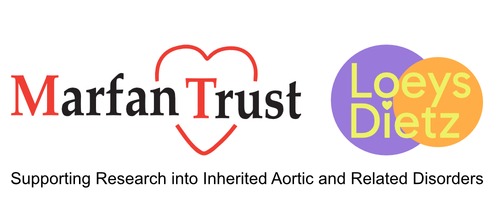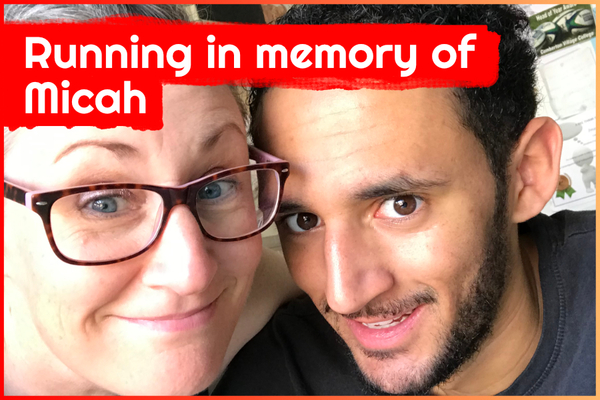As COVID-19 shuttered laboratories across the globe, condemning many scientists to ‘dry lab activities’, Dr José Aragon-Martin turned lockdown into ‘heads down’, honing his sequencing skills, analysing his datasets and submitting two manuscripts. New Gene for Scoliosis, with Université de Montreal PhD student Hélène Mathieu; and LMOD1 – A New Gene for Ascending Aortic Aneurysm, are now being reviewed for publication. And he welcomed the Trust’s new summer student, Leshanth Uthayanan, with whom he worked on TAAD, that is identifying the genes involved in Thoracic Aortic Aneurysm and Dissection.
Away from the physical lab, the Trust could only set the scene for interrupted and/or future projects. Now returning once a week to the Guy Scadding Building, Drs Aragon-Martin and Child can weave these dreams into reality ….
Ectopia Lentis (EL) the dislocation or displacement of the natural crystalline lens.
The lens of the eye is essential for focusing light rays on the retina. An inherited condition causes the lens to move out of place, becoming dislocated. This is because the small fibres which attach the lens to the eyeball itself are missing a protein component. The first protein to be discovered was Fibrillin-1 which causes Marfan syndrome. The second gene involved is known as ADAMTSL4. However, many patients do not have a defect in either of these two genes.
Starting with patients for whom no gene has been found, we will study DNA samples from 28 patients with dislocated lens.
Aims
To discover new genes involved in Ectopia Lentis (EL) in patients with no cardiac involvement. This will help save patients’ lives by separating Marfan patients (who need cardiac care) from patients who have only EL. It will save money for the NHS, because patients who do not carry the Marfan syndrome gene have no cardiac risk, and therefore, follow-up will not be a yearly routine.
To create a fish model of the known genes in EL since the fish eye contains the same filaments which attach the lens to the eye. Then, study known mutations in these fish models to better understand how the gene error produces the disease. We can then use the fish model to revert the effect back to normal, using gene therapy, which in future can be used for patients.
Methodology
There is enough material in our present database of patients and samples to look for new genes for EL. We are probably the only group in Europe offering screening on a research basis and one of several groups who have published on the topic. A collaborative network of European and UK ophthalmologists has provided a retrospective study group, and will provide further cases with unknown cause. Twenty cases have been analysed to date and published. Each patient is referred with family tree, and further family samples can be provided when requested to verify gene errors (mutations) discovered.
Samples are studied using whole genome sequencing. Gene mutations are verified and family studies performed in the Sonalee Laboratory under the direction of Dr José Aragon-Martin, PhD, Senior Research Associate, Imperial College whose salary and laboratory consumables are funded by the Marfan Trust. Cutting edge strategies will be used to identify disease genes, initially Overlap Strategy, De novo Strategy, and Linkage Strategy. Once an abnormal gene has been found in one of the 28 patients, all the patients’ samples will be analysed to study the frequency of this gene in the EL population.
Zebrafish Model
The mutated gene will be introduced into a Zebrafish colony, and if dislocated lens is produced, this will confirm that the mutation is a causative one, and provide a fish model to reverse the damage done to the filaments. This gene therapy could later be translated to the patients.
Resources Required
This work will be done in our fully equipped molecular genetic Sonalee Laboratory. Zebrafish models will be studied in the fish facilities, housed in Imperial College.
Funding for PhD Student
This project is perfect for a PhD studentship of three years, and we are seeking funding for the first year. The PhD student will initially be taken on as a technician at salary scale Grade Level 1a £21,570 for the first year. Funding for subsequent years will be sought from other donations.
Research Strength
This work is very important, since as far as we know, no other research group is studying this topic of EL. It will define anatomic components of the lens fibrils, exclude Marfan syndrome, provide a basis for screening children of a patient affected, and a basis for future research to define preventative treatment.









